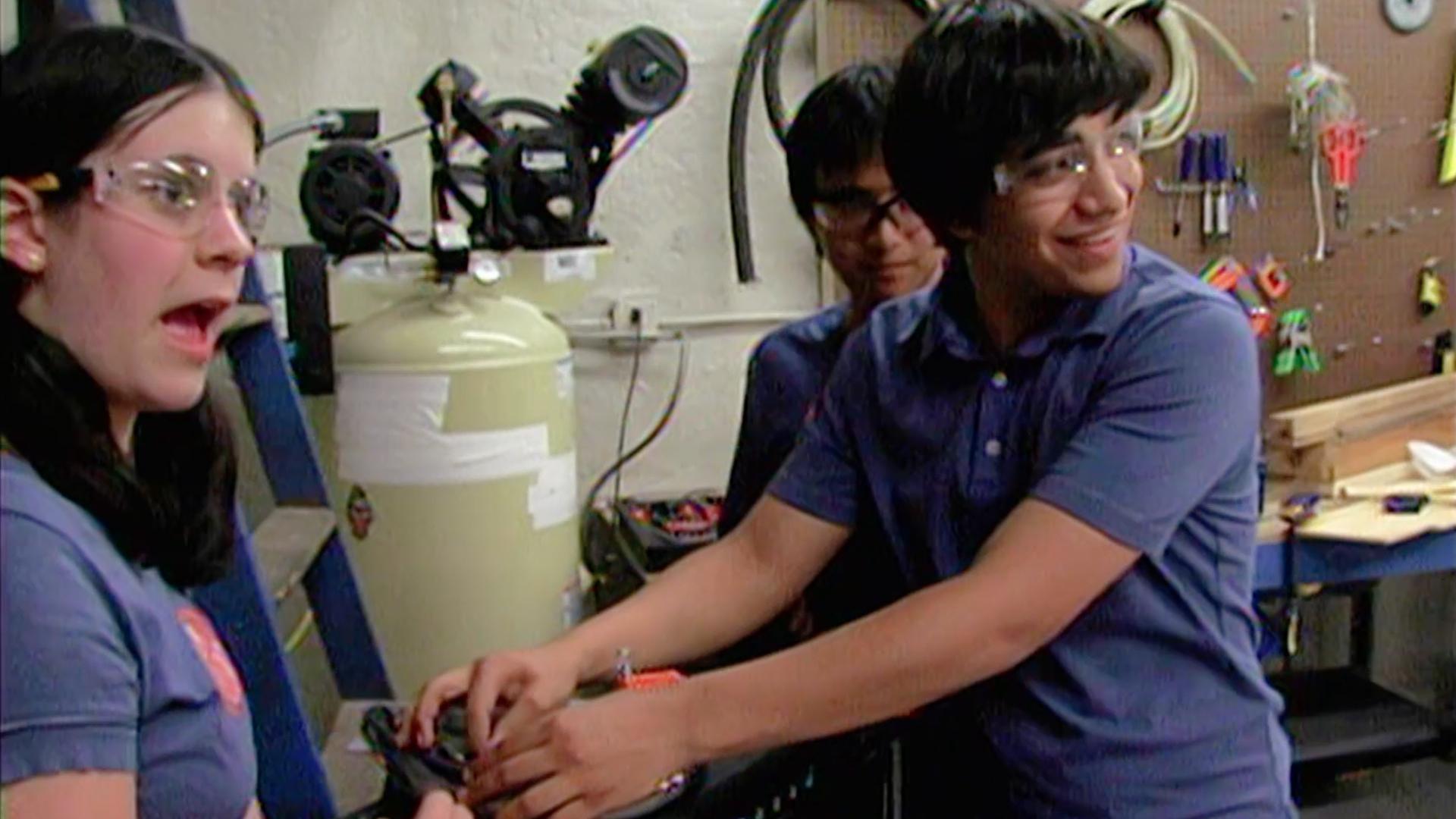 25minutes.
25minutes.Full Episode
Rock On (Ep. 102)
 25minutes.
25minutes.Rock On (Ep. 102)
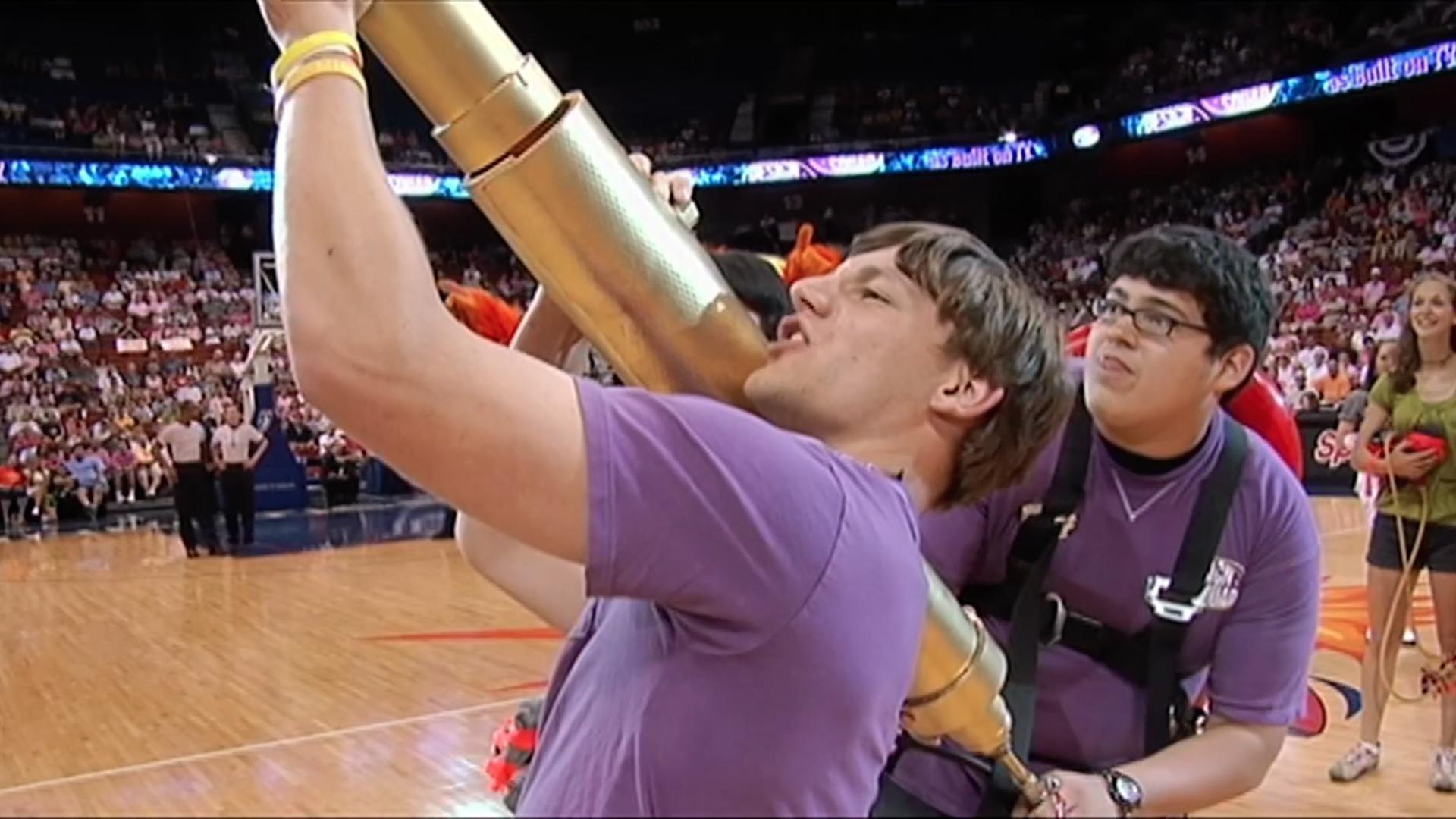 26minutes.
26minutes.Shooting for the Sun (Ep. 305)
 25minutes.
25minutes.Got Game? (Ep. 105)
 25minutes.
25minutes.Water Rescue Part 2 (Ep. 304)
 27minutes.
27minutes.The Need for Speed (Ep. 101)
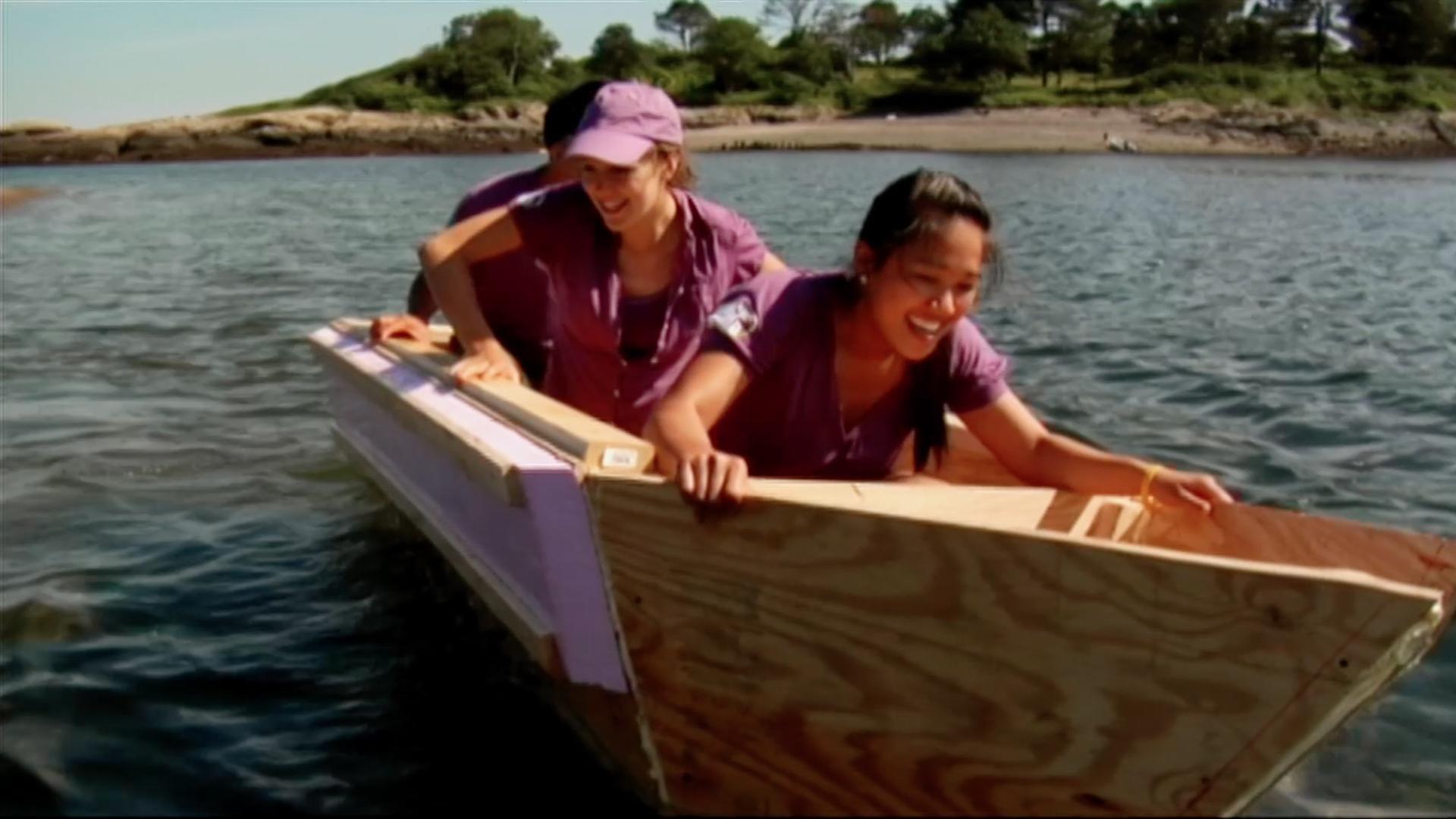 26minutes.
26minutes.Escape from Misery Island Part 1 (Ep. 309)
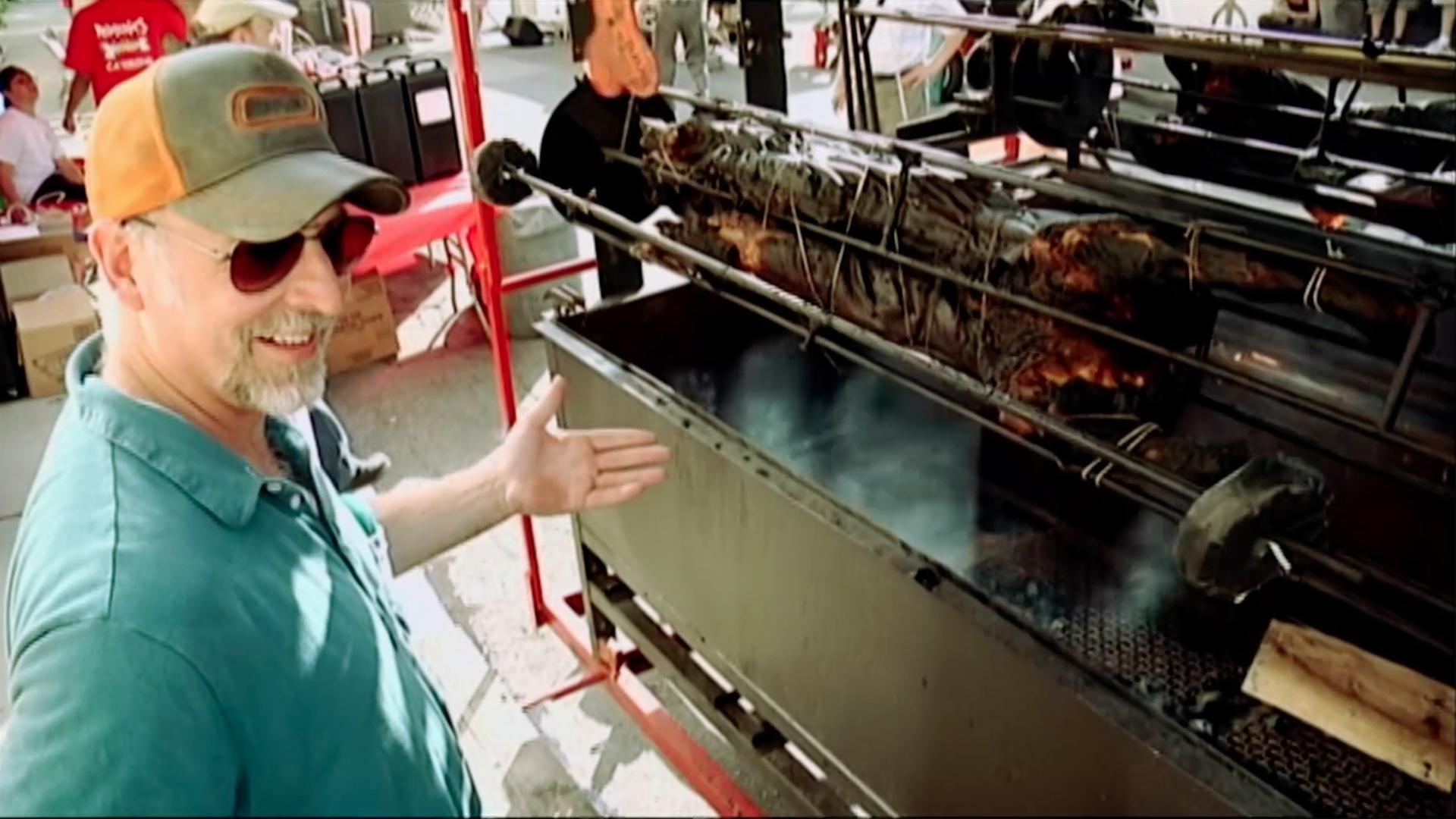 26minutes.
26minutes.Tour de BBQ (Ep. 308)
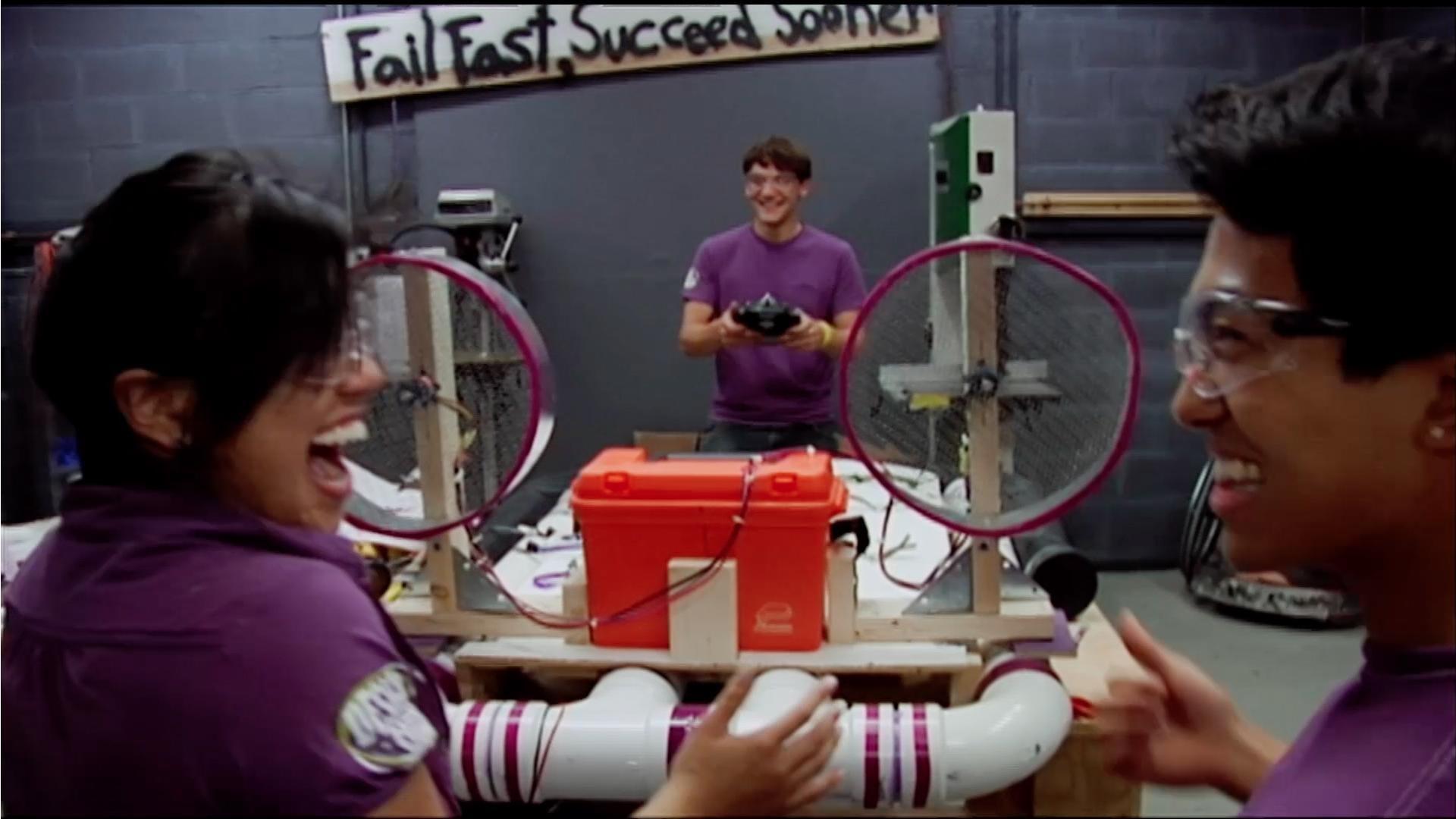 26minutes.
26minutes.Water Rescue Part 1 (Ep. 303)
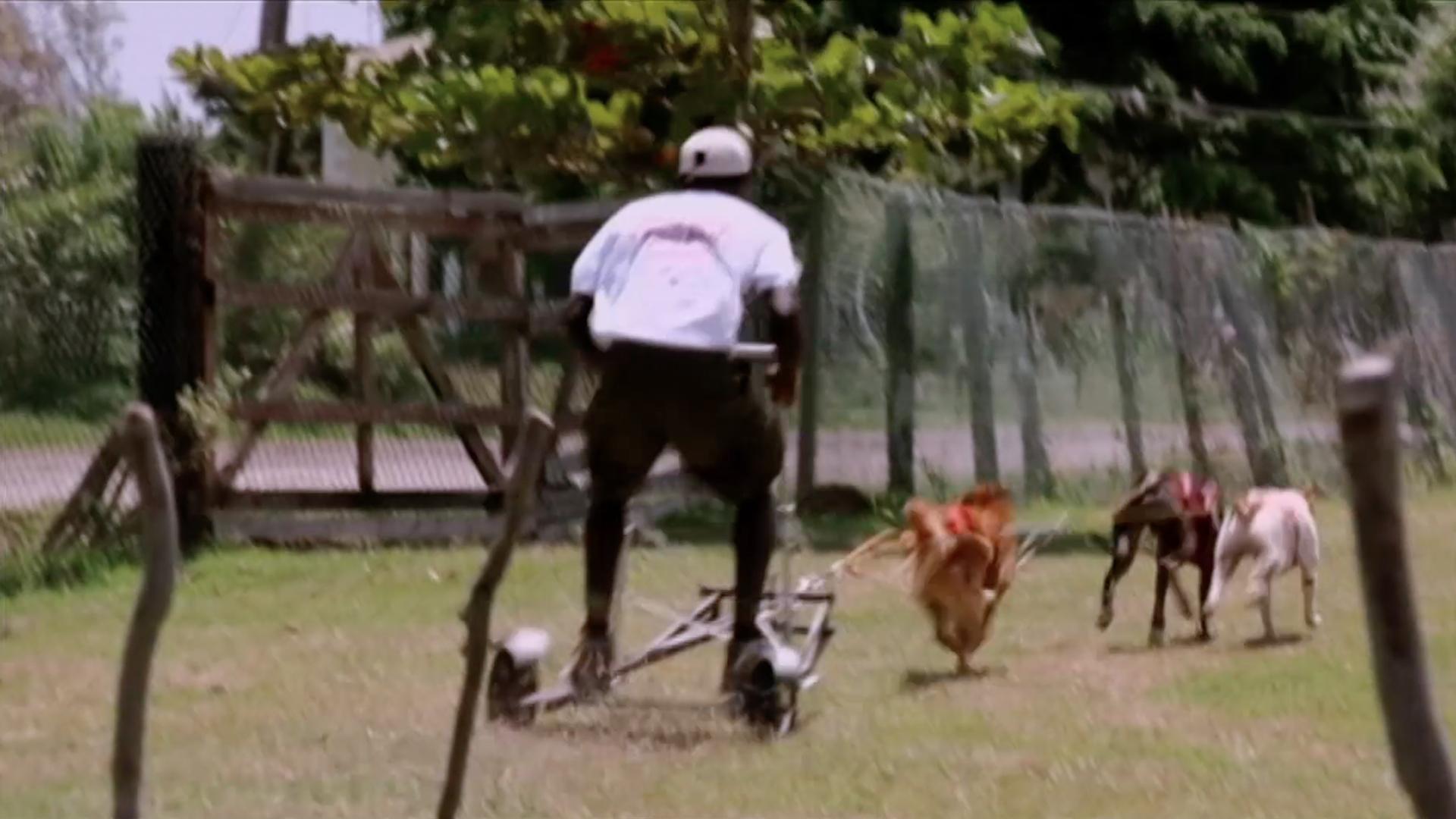 26minutes.
26minutes.sNOw Problem? Part 2 (Ep. 307)
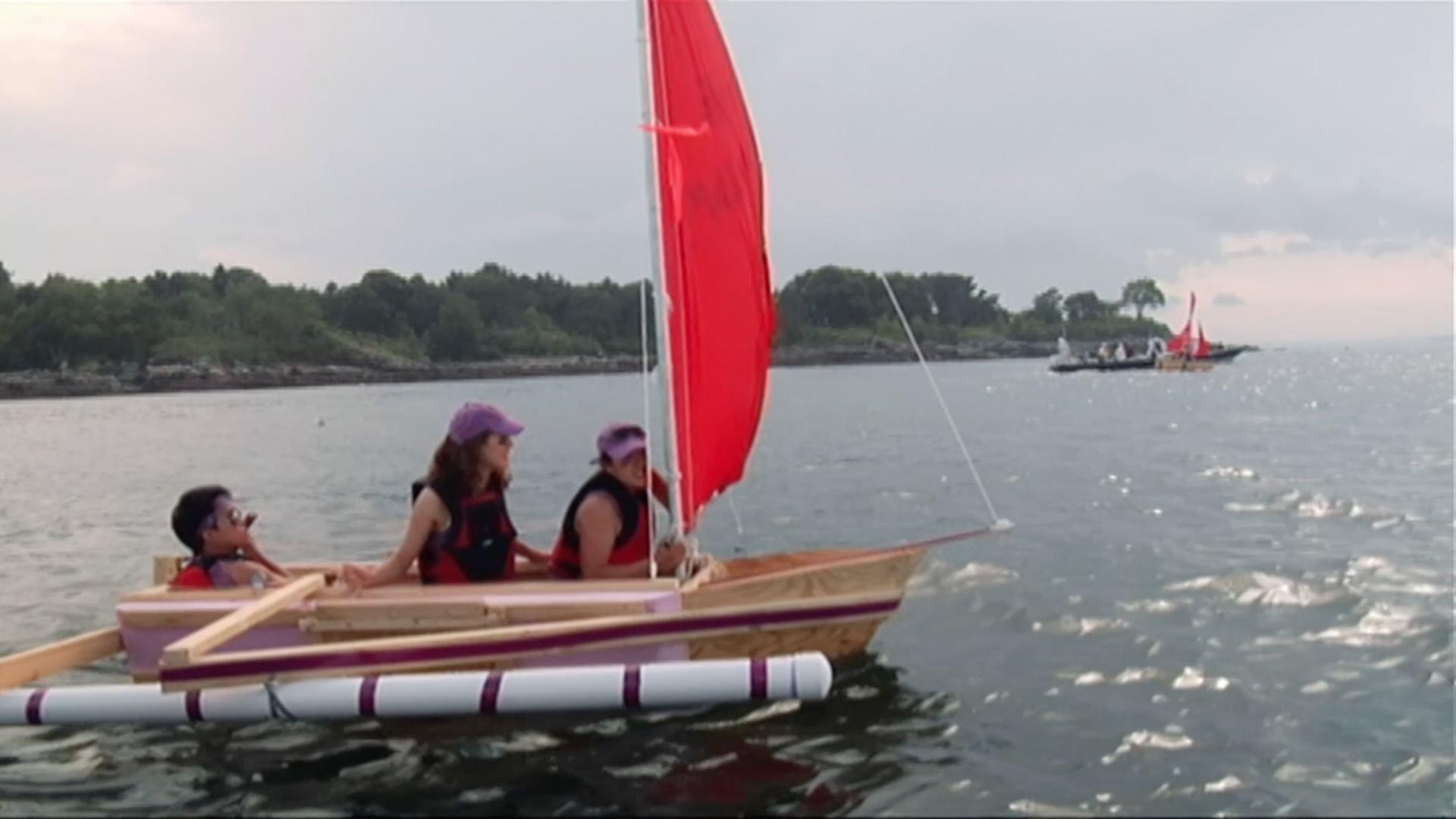 26minutes.
26minutes.Escape from Misery Island Part 2 (Ep. 310)
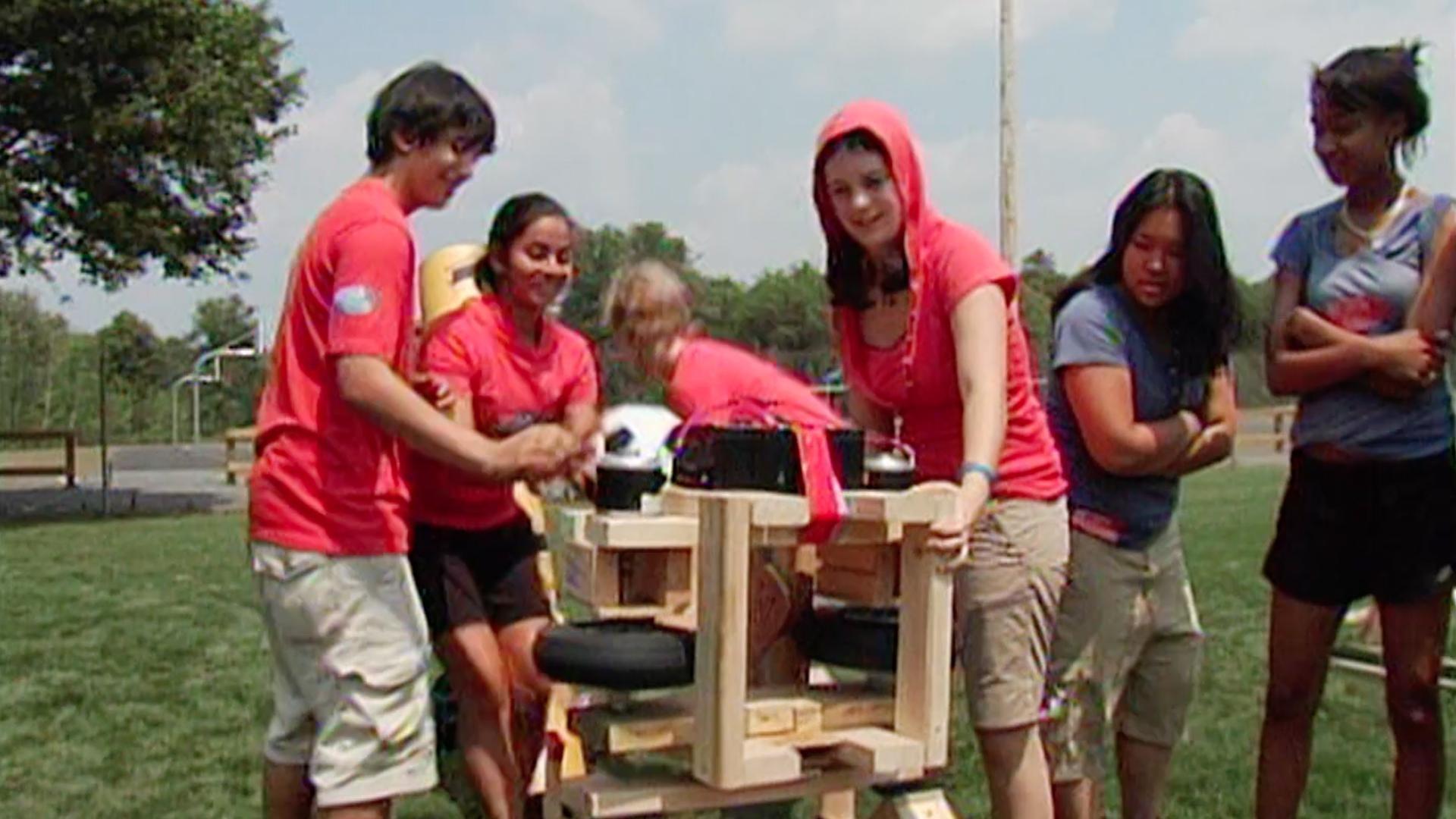 25minutes.
25minutes.Just for Kicks (Ep. 107)
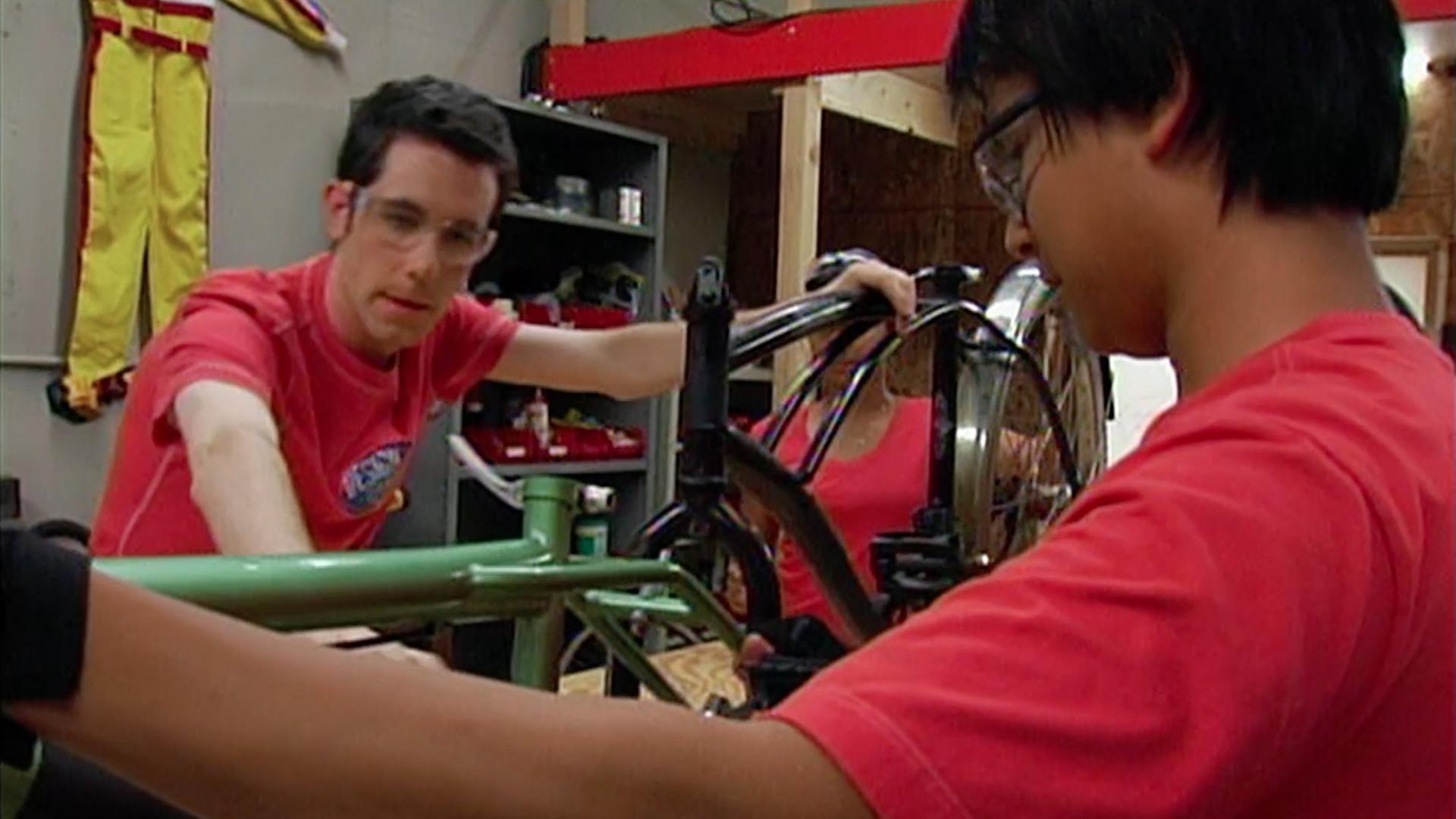 25minutes.
25minutes.Skunk'd (Ep. 103)
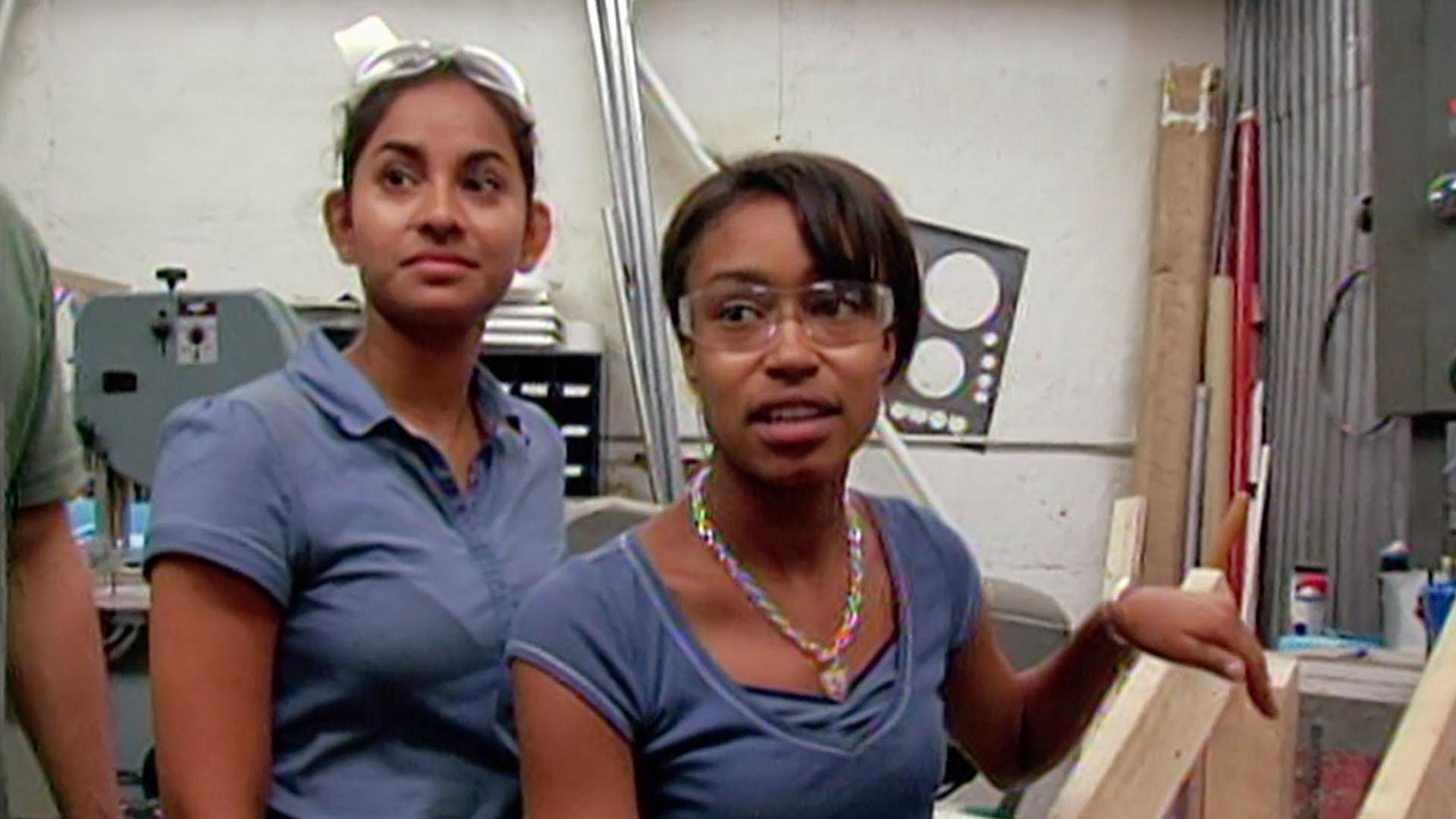 25minutes.
25minutes.Collective Collaboration (Ep. 106)
 25minutes.
25minutes.DS Unplugged (Ep. 104)
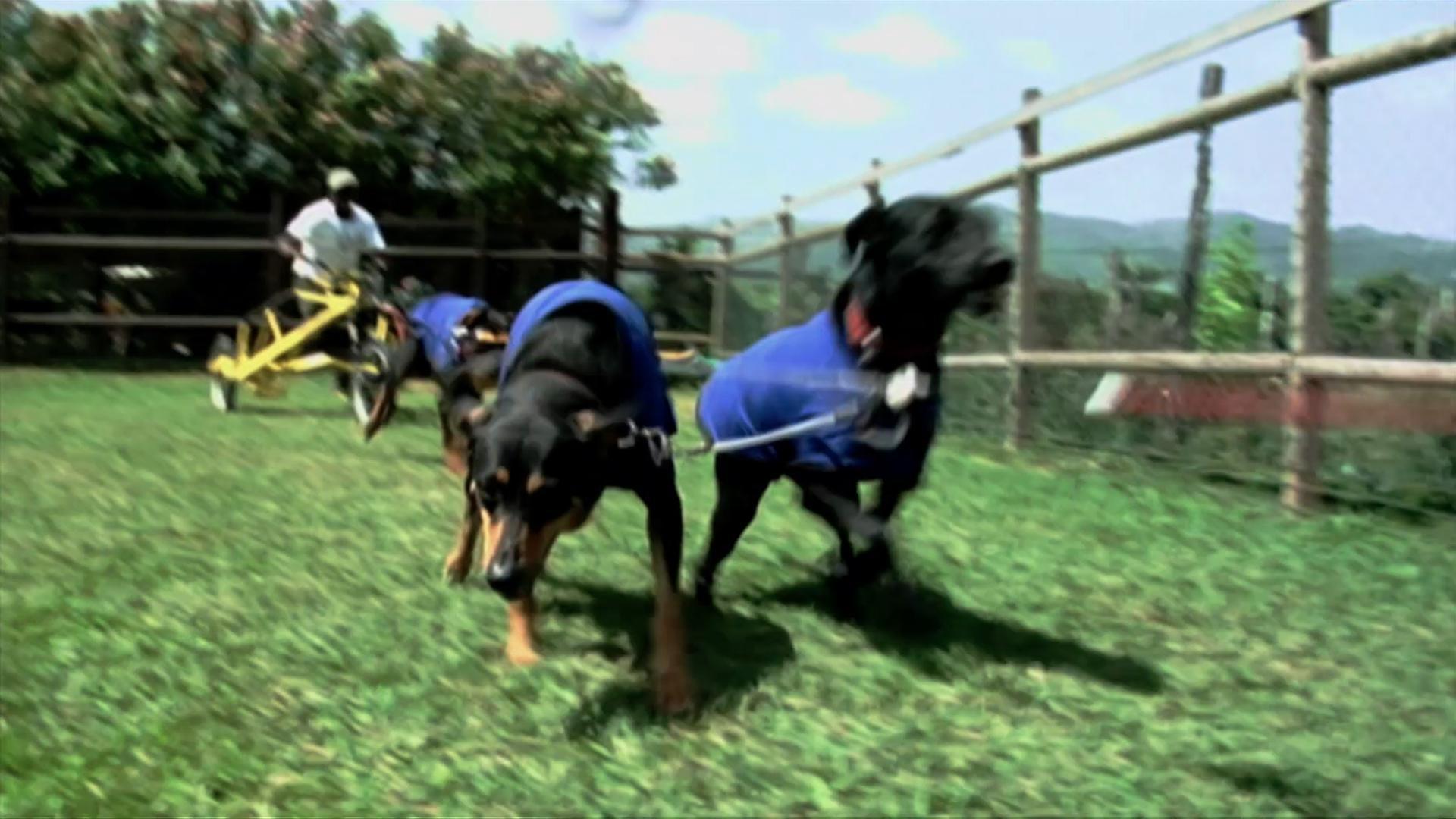 26minutes.
26minutes.sNOw Problem? Part 1 (Ep. 306)
 28minutes.
28minutes.DIY Playground (Ep. 407)
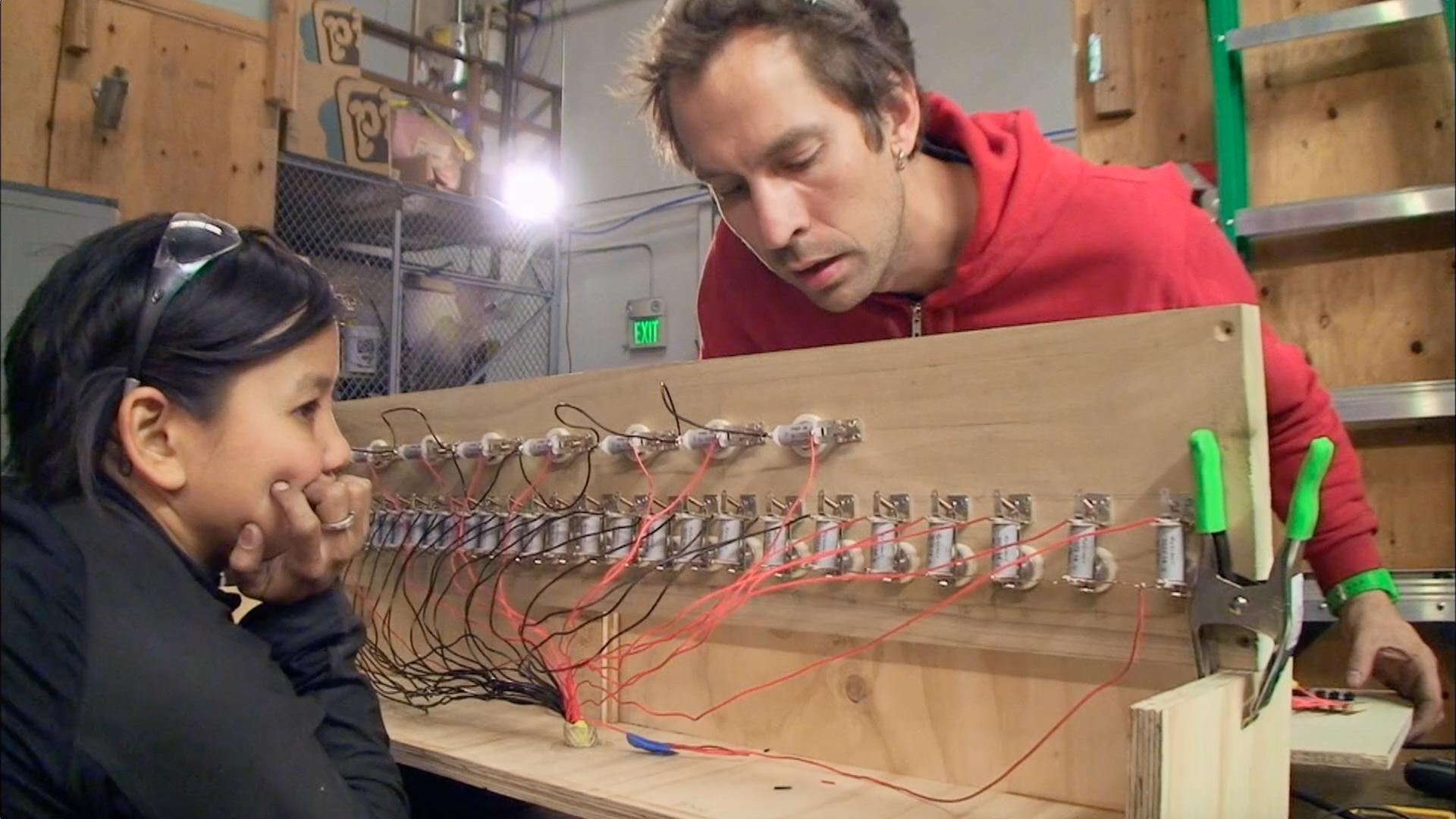 28minutes.
28minutes.Musical Bike (Ep. 406)
 28minutes.
28minutes.It's Alive! (Ep. 402)
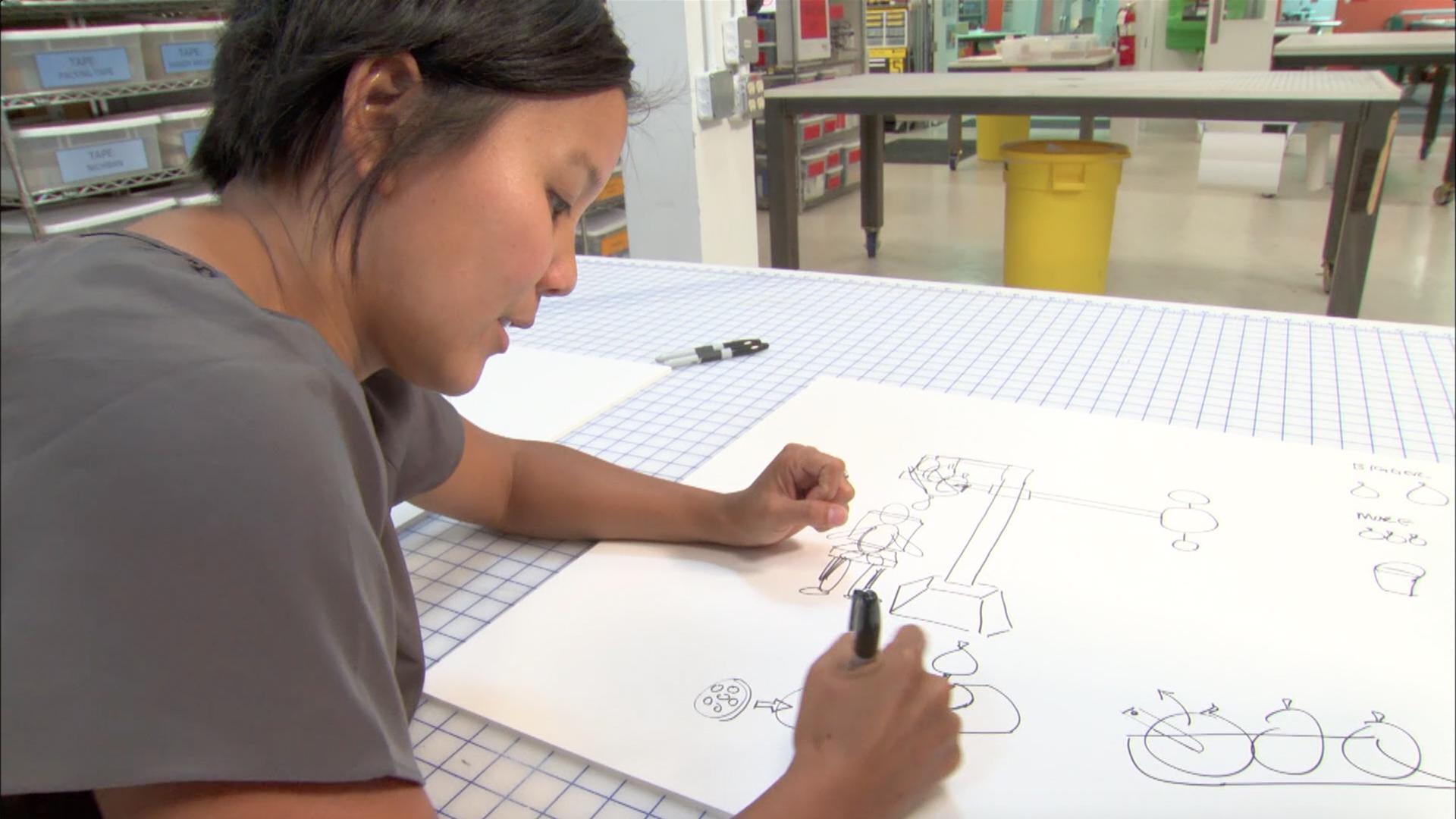 28minutes.
28minutes.Trash to Treasure (Ep. 410)
 28minutes.
28minutes.Apache Skateboarders (Ep. 401)
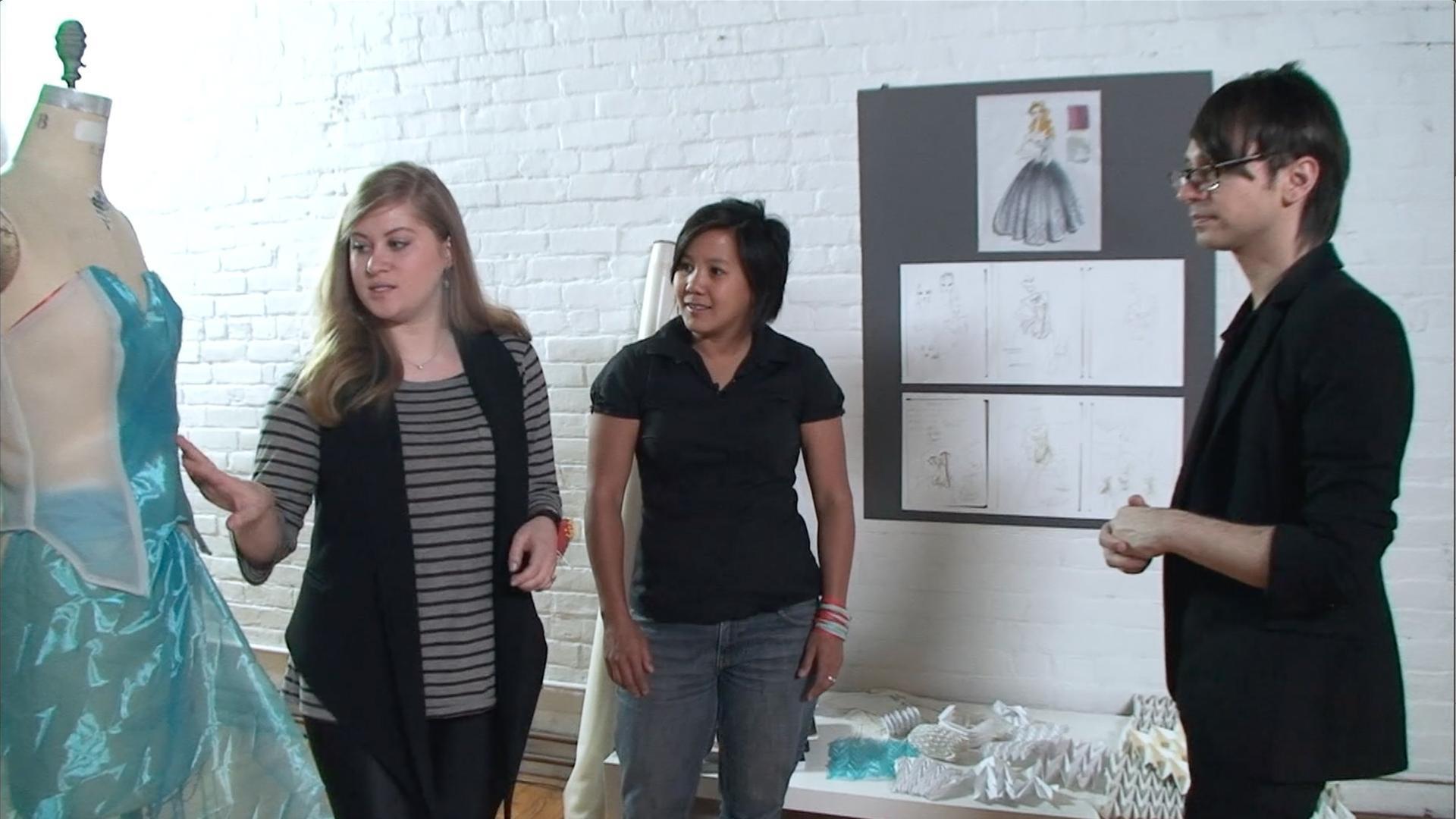 28minutes.
28minutes.A Cut Above Part 1 (Ep. 404)
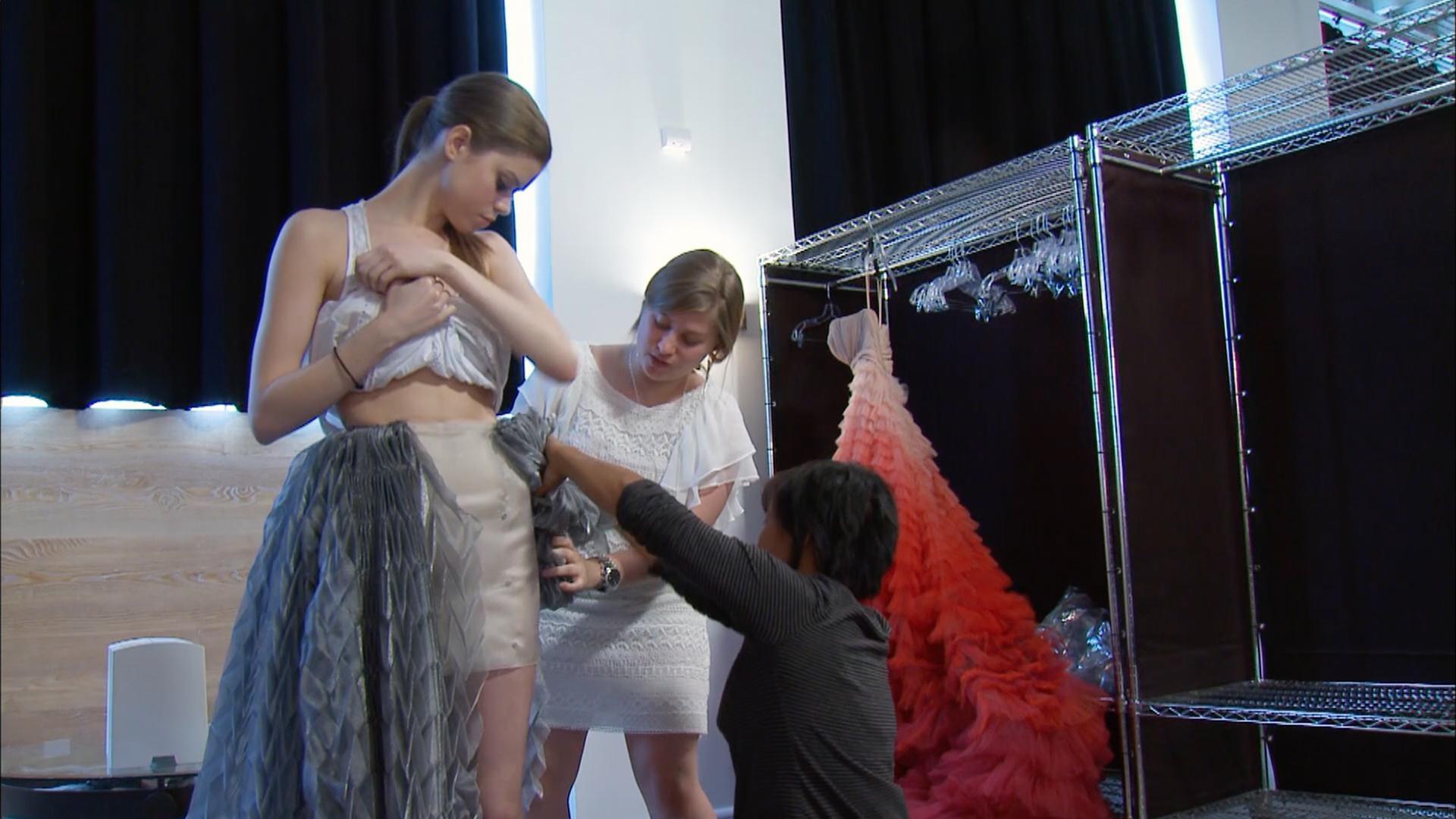 28minutes.
28minutes.A Cut Above Part 2 (Ep. 405)
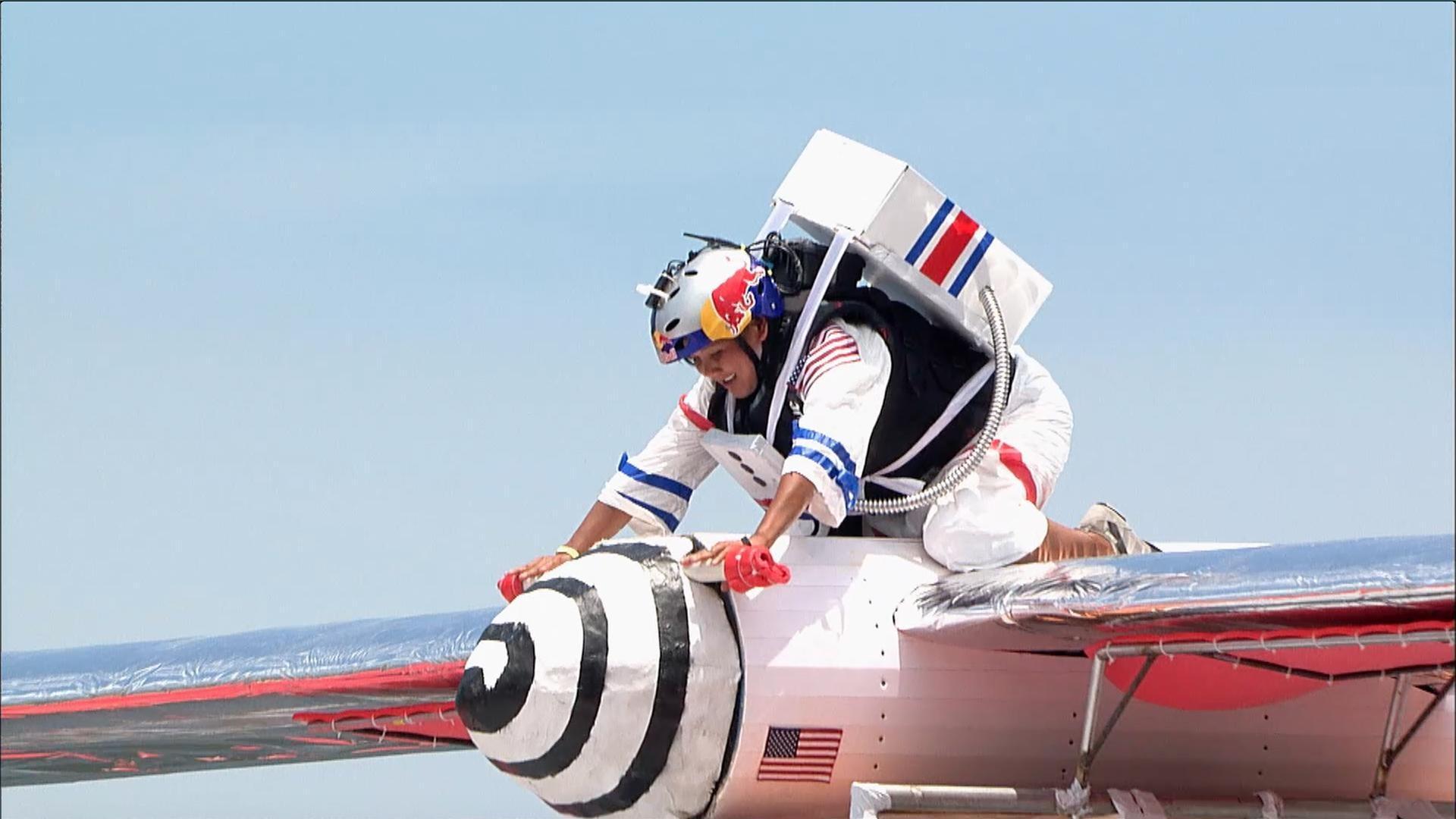 28minutes.
28minutes.One Giant Leap Part 2 (Ep. 409)
 28minutes.
28minutes.Garden-to-Go (Ep. 403)
 28minutes.
28minutes.One Giant Leap Part 1 (Ep. 408)